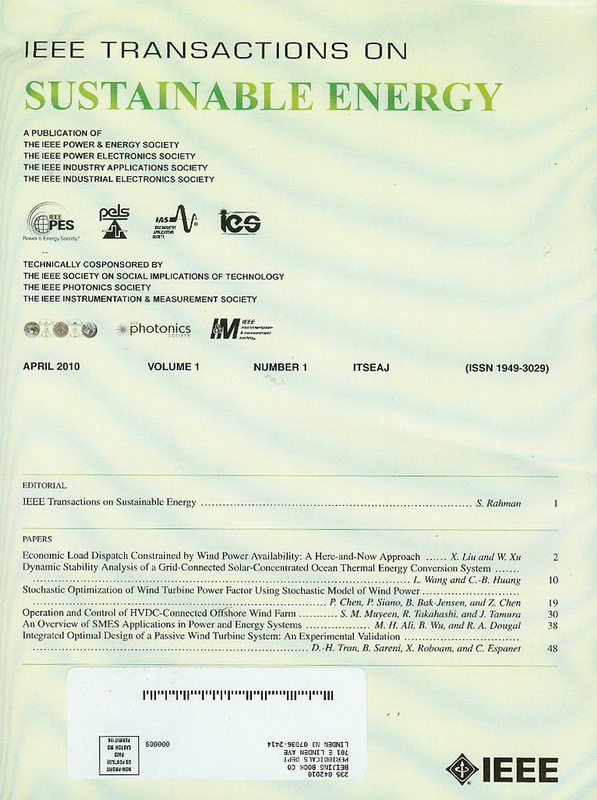热电集成能源系统热动态嵌入式偶然性分析
IF 10
1区 工程技术
Q1 ENERGY & FUELS
引用次数: 0
摘要
为了解决热电集成能源系统(HE-IES)的安全挑战,本文介绍了一种基于仿真的应急分析方法,旨在识别潜在的威胁故障。我们首先对HE-IES中的常见故障进行建模,并概述了基于仿真的应急分析的综合程序。其次,分析了热介质传递过程中温度下降的影响因素,提出了一种新的热动力学模拟的解析-数值方法。实际实验结果表明,与现有方法相比,该方法在保持精度的同时消除了数值色散,将模拟时间缩短了81.7%,特别适用于求解效率至关重要的HE-IES应急分析。随后,将所提出的权变分析方法应用于49节点测试平台,探索故障跨子系统传播机制。分析结果表明,电力系统和热电联产机组的故障会产生级联效应,对供电和供热温度造成严重影响。相比之下,加热系统的故障往往以不太复杂的方式传播,但对液压系统构成更大的风险。为了减少故障传播,我们建议加强对耦合设备运行状态的监控,这对确保HE-IES的安全起着至关重要的作用。本文章由计算机程序翻译,如有差异,请以英文原文为准。
Thermal Dynamic Embedded Contingency Analysis for Heat-Electrical Integrated Energy System
To address security challenges in Heat-Electrical Integrated Energy Systems (HE-IES), this paper introduces a simulation-based contingency analysis method aimed at identifying potentially threatening faults. We begin by modeling common faults in HE-IES and outlining a comprehensive procedure for simulation-based contingency analysis. Next, we analyze the factors determining temperature drop in the heat medium transfer process and propose a novel analytical-numerical method for thermal dynamic simulation. Real-world experimental results demonstrate that, compared to existing methods, the proposed approach stands out in eliminating numerical dispersion and reducing simulation time by 81.7% while maintaining accuracy, making it particularly effective for HE-IES contingency analysis where solution efficiency is crucial. Subsequently, the proposed contingency analysis method is applied to a 49-node testbed to explore fault propagation mechanism across subsystems. The result reveals that faults originating from the power system and combined heat and power units can cause cascading effects, leading to severe impacts on power supply and heating temperatures. In contrast, faults from the heating system tend to propagate in a less complicated manner but pose a greater risk to the hydraulic system. To mitigate fault propagation, we recommend enhanced monitoring of the operational status of coupling equipment, which plays a critical role in ensuring HE-IES security.
求助全文
通过发布文献求助,成功后即可免费获取论文全文。
去求助
来源期刊

IEEE Transactions on Sustainable Energy
ENERGY & FUELS-ENGINEERING, ELECTRICAL & ELECTRONIC
CiteScore
21.40
自引率
5.70%
发文量
215
审稿时长
5 months
期刊介绍:
The IEEE Transactions on Sustainable Energy serves as a pivotal platform for sharing groundbreaking research findings on sustainable energy systems, with a focus on their seamless integration into power transmission and/or distribution grids. The journal showcases original research spanning the design, implementation, grid-integration, and control of sustainable energy technologies and systems. Additionally, the Transactions warmly welcomes manuscripts addressing the design, implementation, and evaluation of power systems influenced by sustainable energy systems and devices.
 求助内容:
求助内容: 应助结果提醒方式:
应助结果提醒方式:


